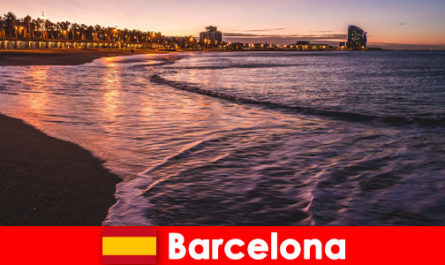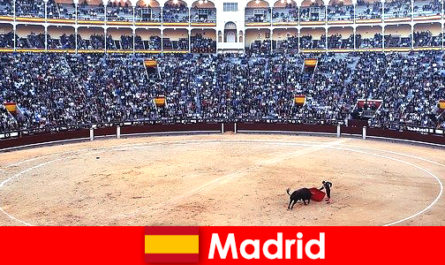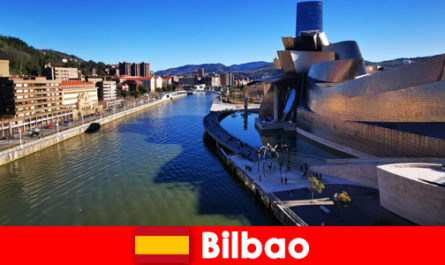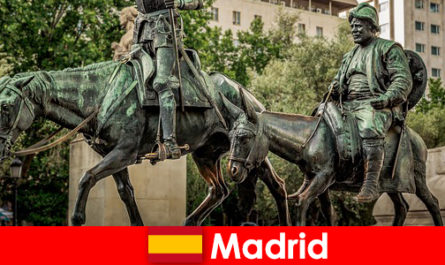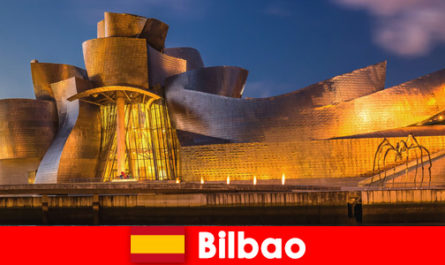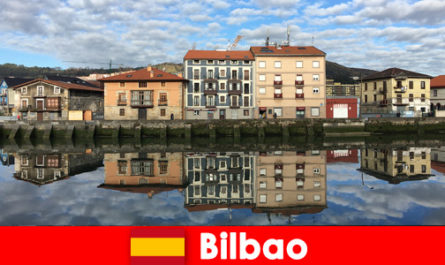Barcelona, one of the most important cultural metropolises in Spain, offers a variety of interesting sights. A guest in this city can visit buildings of different styles. Each of the picturesque neighborhoods has its own charming and characteristic charm.
In the footsteps of Gaudi
The style of the famous architect Antonio Gaudi is unmistakable. In Barcelona there are some well-known buildings by Gaudi that are definitely worth a visit. Gaudí’s most famous work was initiated by him. However, it could not be ended. The church is still being worked on today. Nevertheless, the sacred building is the symbol of Barcelona. The plan of the church resembles a cross and is designed in the Gaudi style.
The Casa Milá is another famous building by the architect Gaudi. Since it is located directly at the intersection with Carrer de Provença, every guest can easily find it. The building was only completed after four years. The construction period lasted from 1906 to 1910. A special feature of the building is that air conditioning systems are completely superfluous due to individually changeable walls. Park Güell was built as a colorful terrace at an outstanding location. Countless benches invite you to linger and sit. You also benefit from a fantastic view of the whole city. The surrounding area is designed in the typical Gaudi style with curved lines from nature mixed with colorful, shiny mosaics.
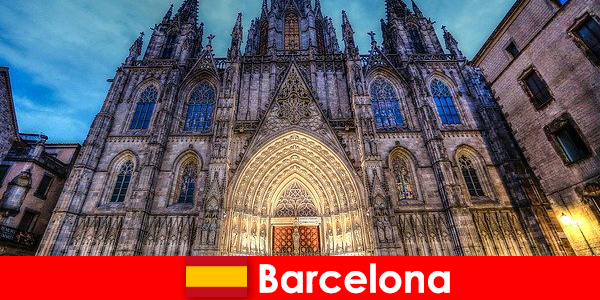
La Rambla
The most famous promenade in Barcelona is La Rambla. There are always millions to go on an extensive shopping tour or to enjoy culinary delights in one of the numerous restaurants. It will definitely never get boring here, as there is always a lot going on here.
La Catedral
La Catedral de la Santa Creu i Santa Eulàlia towers over the old town of Barcelona with its towers and is located right in the center. The long history of the building is impressive, to which this sacred building built in the Gothic style can look back. At this point there was a temple in pre-Christian times. After Christianization, a Catholic basilica followed, which was destroyed by the Moors in the 10th century. Construction of today’s church began in 1298. The cathedral was built until the middle of the 15th century. The impressive facade was not completed until the 20th century.
Mercat de la Boqueria
The Mercat de la Boqueria is located directly on the Rambla St. Josep. It is a covered market hall, where you can find all kinds of goods such as honey, fruit, vegetables, meat, sweets, oils and cheese, which are offered at reasonable prices.
Oceanarium and port cable car
The Barcelona Oceanarium is one of the most important and largest aquariums in the world. It is clearly recognizable from a distance. About up to 10,000 different animal and plant species from all seas are at home there. The number is growing steadily. Recreated coral reefs, biotopes and deep-sea scenarios can be found in the oceanarium. This way the animals feel at home.
When visiting Barcelona, you should not miss a ride on the cable car that leads from Montjuic hill via Torre Jaume I to Torre Sant Sebastià. The Port Vell, the old port, is crossed. The history of the old port dates back to the 4th century B.C.E. The Laietani then settled in the area. From here they began to trade by sea. However, the first port facility that could offer ships protection against waves and storms was only built in the 15th century. For the 1992 Olympic Games in Spain, which took place in Barcelona, the old port was completely renovated. Today, instead of derelict areas and old factories, the port houses modern jetties and piers, promenade and various attractions for tourists. The impressive buildings of the port administration and the customs authorities form the gateway to the port.
 Dansk
Dansk Deutsch
Deutsch Español
Español Français
Français Indonesia
Indonesia Italiano
Italiano Magyar
Magyar Melayu
Melayu Nederlands
Nederlands Polski
Polski Português
Português Русский
Русский Română
Română Tiếng Việt
Tiếng Việt Türkçe
Türkçe Українська
Українська български
български Ελληνικα
Ελληνικα 한국어
한국어 हिन्दी
हिन्दी 日本語
日本語 简体中文
简体中文